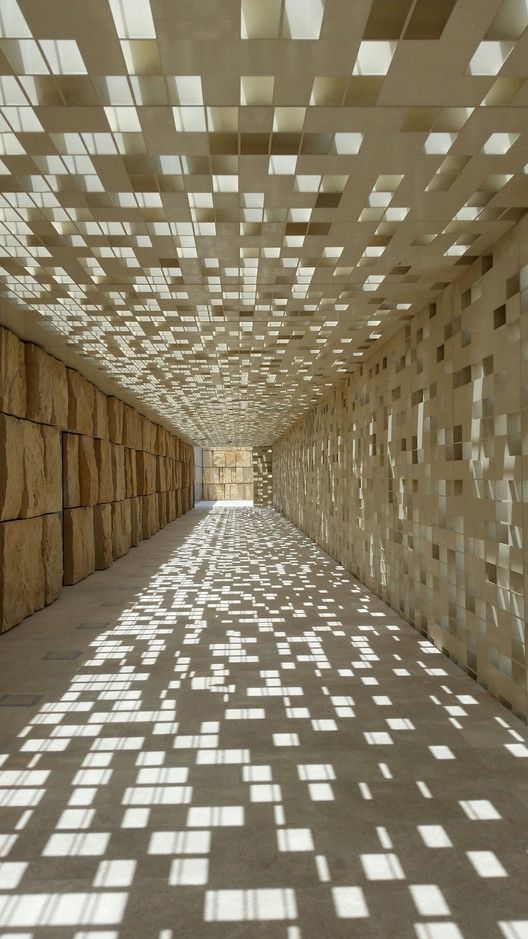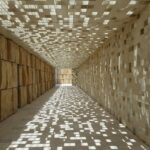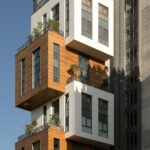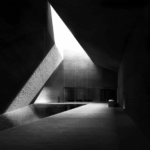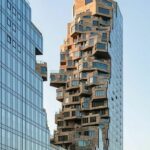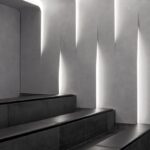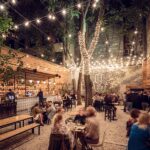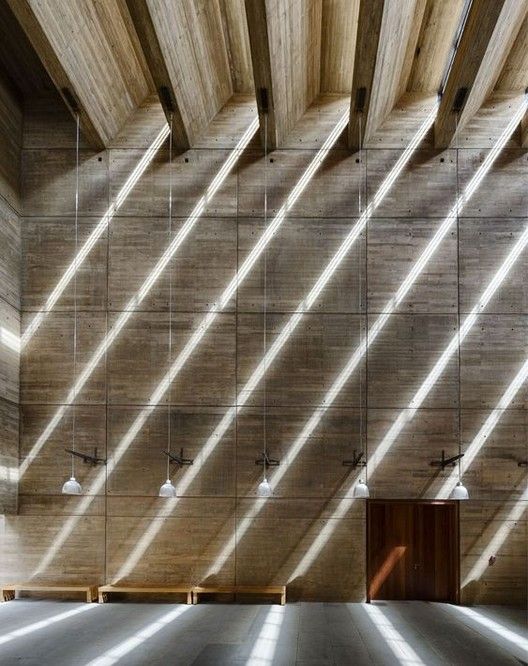
Architectural lighting is a crucial element in the design and functionality of buildings. It not only enhances the aesthetics of a space but also plays a vital role in creating a comfortable and productive environment for its occupants. From highlighting key architectural features to improving safety and visibility, lighting can significantly impact the overall atmosphere of a space.
One of the main goals of architectural lighting is to accentuate the design elements of a building. By strategically placing lights and using various lighting techniques, architects and lighting designers can draw attention to specific architectural details, create focal points, and enhance the overall visual appeal of a space. This can help bring a sense of drama and depth to a building, making it more visually interesting and engaging for those who experience it.
In addition to aesthetics, architectural lighting also serves practical purposes. Properly positioned lighting can improve safety and visibility within a building, helping to guide occupants through spaces and prevent accidents. By illuminating pathways, staircases, and emergency exits, architectural lighting can ensure that occupants can move around a building safely and confidently, even in low-light conditions.
Furthermore, the use of lighting can influence the mood and atmosphere of a space. Different types of lighting, such as warm or cool tones, can evoke different emotions and enhance the overall experience of a building. For example, soft, warm lighting may create a cozy and inviting ambiance in a restaurant or hotel lobby, while bright, cool lighting may be more suitable for a retail store or office space.
Technology has also played a significant role in advancing architectural lighting design. LED lighting, in particular, has revolutionized the industry by providing energy-efficient, long-lasting, and versatile lighting solutions. LED fixtures can be easily integrated into architectural elements, such as recessed lighting, cove lighting, or wall washers, allowing for precise control over the intensity and color of light.
Another trend in architectural lighting is the use of smart lighting systems that can be programmed and controlled remotely. These systems allow for dynamic lighting effects, automated scheduling, and energy-efficient operation. By adjusting the lighting levels based on occupancy, natural light levels, and time of day, smart lighting systems can help reduce energy consumption and minimize light pollution.
Overall, architectural lighting is a critical component of building design that can enhance the aesthetics, functionality, and overall experience of a space. By carefully considering the placement, type, and control of lighting, architects and lighting designers can create visually stunning and sustainable environments that cater to the needs and preferences of their users.
 Decor ideas Style Starts Here
Decor ideas Style Starts Here
